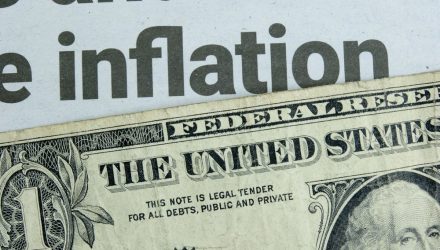Surprising recession news rocks stocks
The stock market is whipsawing after startling economic data.

There has been considerable debate regarding the likelihood of a recession in 2025. Those who think it's unlikely point to a historically low unemployment rate and wage growth remaining above inflation, while those in the recession-is-likely camp point to sticky inflation, cracks in the jobs market forming, and tariff uncertainty.
The latest economic activity data, released on April 30, increased the potential for a recession this year.
Related: Veteran fund manager resets stock market forecast after oversold rally
Gross domestic product, or GDP, clocked in at a negative 0.3% in the first quarter, according to the advance estimate from the Bureau of Economic Analysis.
The contraction in first-quarter activity sent shockwaves through the stock market, which had been clawing back losses from early April following President Trump's "Liberation Day" tariff announcement.
The S&P 500 and tech-heavy Nasdaq Composite opened 2% and 3% lower, respectively, before recouping to losses of 1% and 1.3% at midday.
The US economy walks a tightrope.
The economy was already showing signs of fatigue before President Trump's tariffs, given that sticky inflation and unemployment were creeping higher.
The tariff announcement, however, included reciprocal tariffs much higher than most economists and market participants expected, forcing them to reset their outlooks for corporate revenue, profit growth, and stock market valuation.
The 23% rally in the S&P 500 index in 2024 was primarily driven by the twin forces of expectations of a shift in the Fed's monetary policy to focus on jobs rather than inflation and artificial intelligence spending growth, which fueled tech stock returns.
Unfortunately, neither of those things is helping stocks this year.
Last fall, the Fed shifted to interest rate cuts to prop up the jobs market, only to hit the pause button when inflation showed signs of re-exerting itself. Meanwhile, concern is mounting that AI spending is due for a reset after a massive surge that substantially increased compute capacity.
Tariffs adding gasoline to the inflationary fire, while unemployment worsens, puts the U.S. economy (and the Fed) in a tough spot.
The Fed's dual mandate to drive low inflation and unemployment is often at odds; this year, the dynamic is arguably more challenging than in the past.
GDP surprise sends recessionary shockwaves, with a gold asterisk
Market uncertainty has surged amid a trade war with China and unsettled tariff plans. The White House is currently negotiating with trading partners, but whether or when any deals may be announced is unclear.
Furthermore, there appears to be little progress on a deal with China following an escalation of trade tensions that have lifted U.S. import taxes on Chinese goods to 145% and China tariffs on U.S. imports to 125%.
Uncertainty isn't a great recipe for business and personal spending. Corporations are sidelining projects while awaiting tariff clarity, and households are ratcheting back big purchases for similar reasons, impacting GDP.
The first quarter's advance estimate of negative GDP of 0.3% does come with some asterisks, though.
More Experts:
- Legendary fund manager sends blunt 9-word message on stock market tumble
- Billionaire Michael Bloomberg sends hard-nosed message on economy
- Rare event may send S&P 500 soaring
Many companies pulled forward activity to get ahead of potential tariffs, fueling a significant increase in the trade deficit that reduced GDP significantly.
Also, gold imports and exports activity was higher than usual as gold prices surged because of a weaker Dollar and a risky economic backdrop.
The surge in gold activity was so big that the Atlanta Fed's widely followed GDPNow forecasting tool is being rebooted to account for gold after January gold import/export data caused the prior model to implode lower.
On April 30, the final GDPNow model, unadjusted for gold, showed negative 2.7% growth. When adjusted for gold, it improved to negative 1.5%.
The Atlanta Fed says net exports contributed -5.26 percentage points and -4.05 percentage points to first-quarter real GDP growth for the unadjusted and adjusted models.
Final sales to private domestic purchasers, an arguably cleaner measure that isn't impacted by imports and inventories, grew 3%.
GDP was 3% last summer and 2.4% in the fourth quarter.
Related: Veteran fund manager unveils eye-popping S&P 500 forecast




















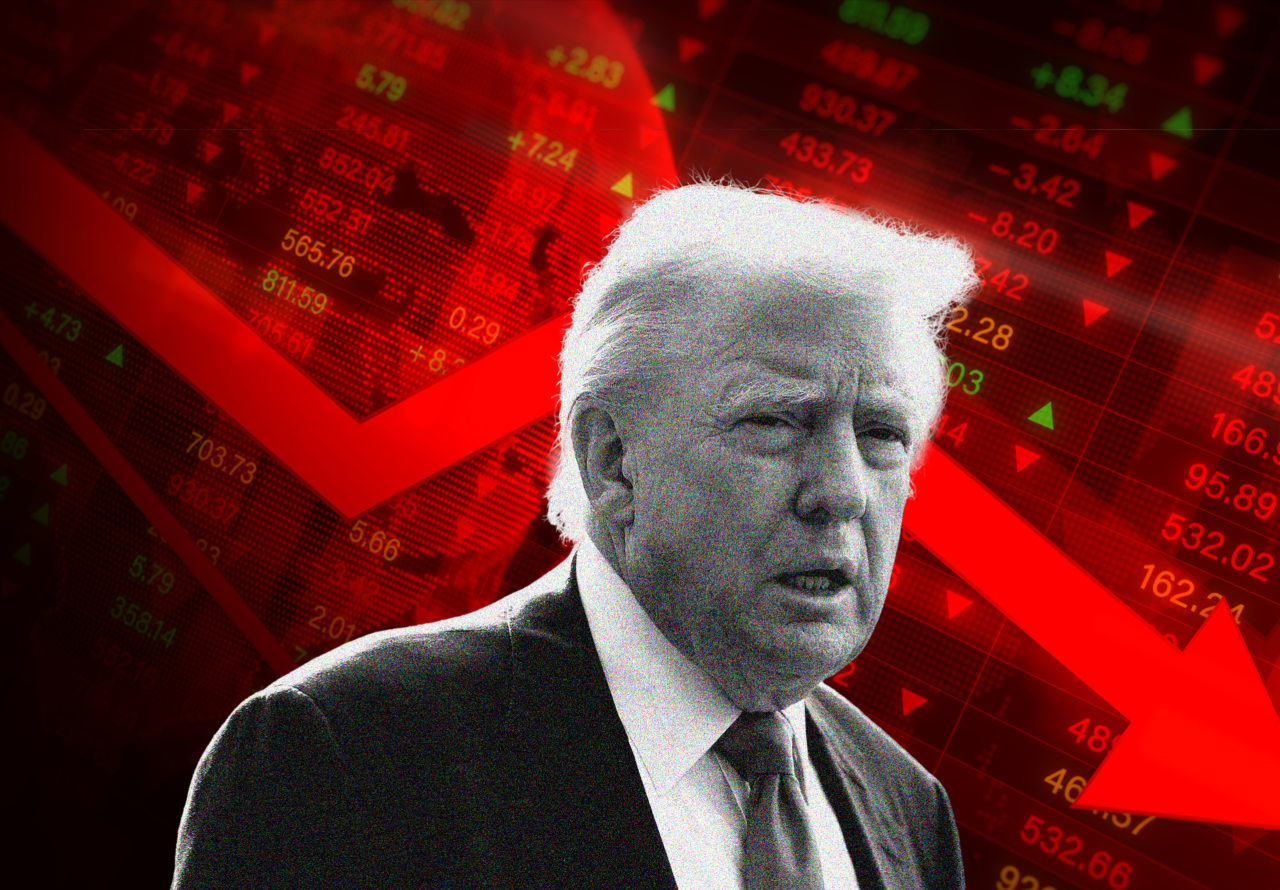

















































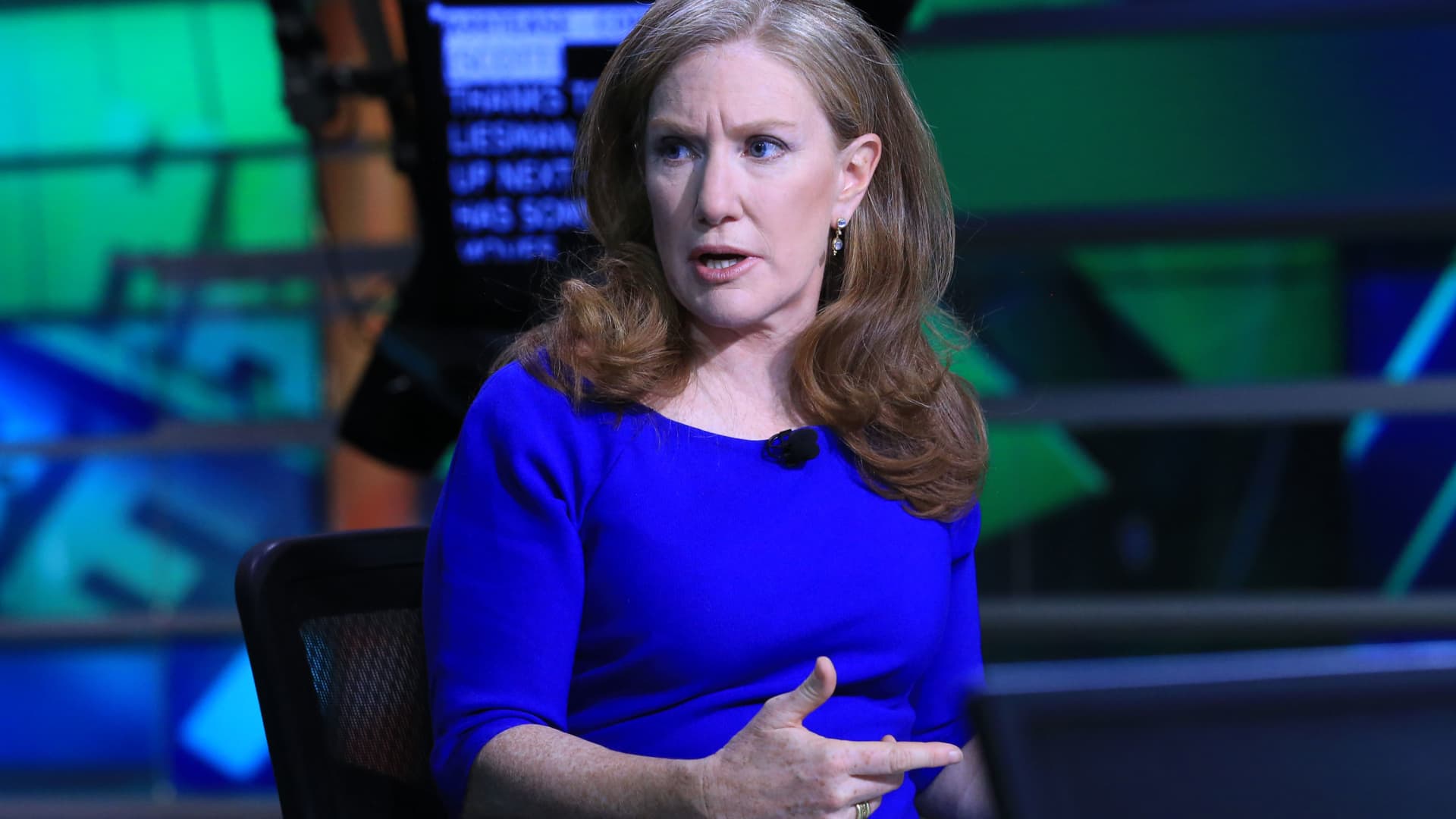


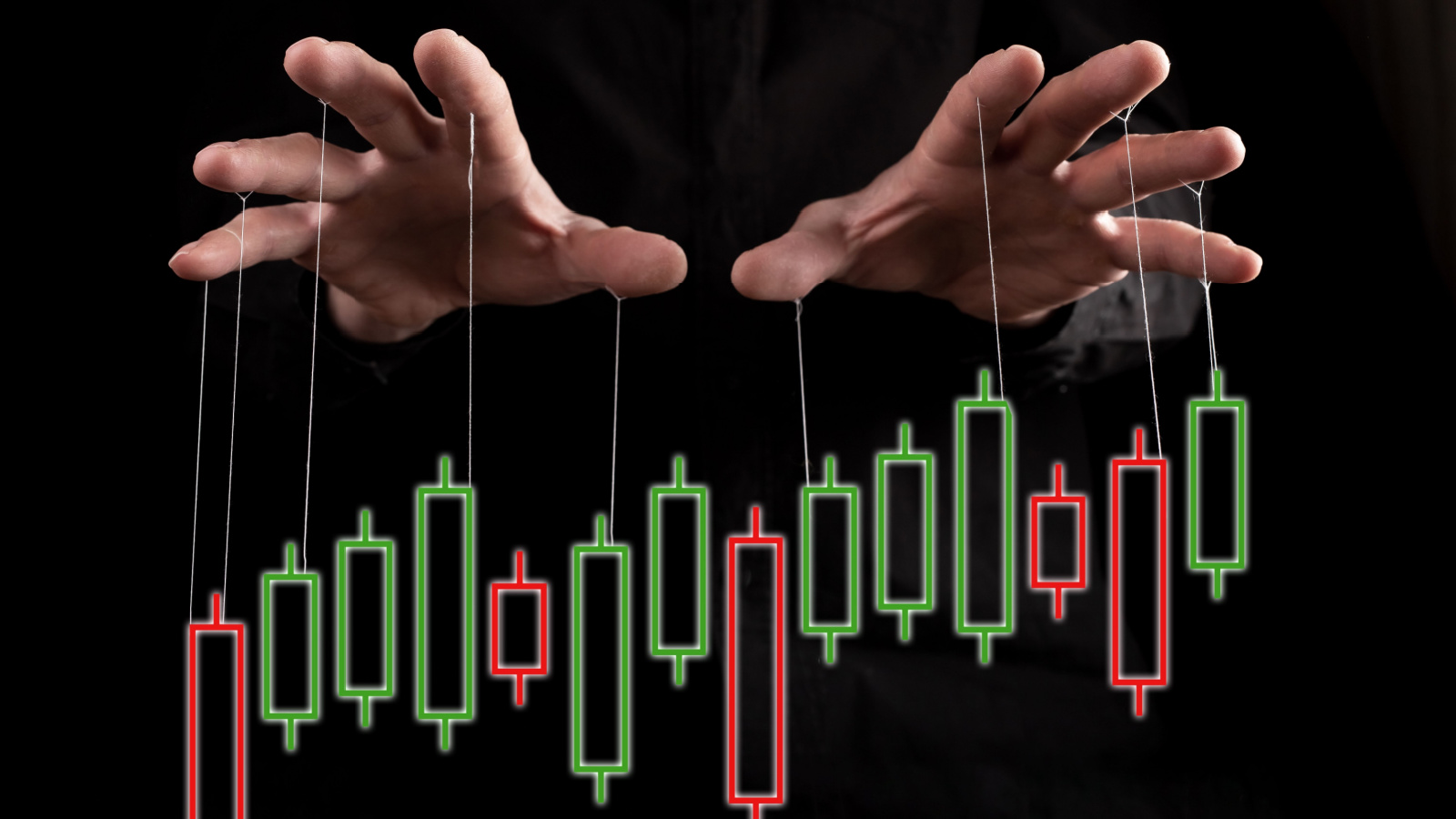









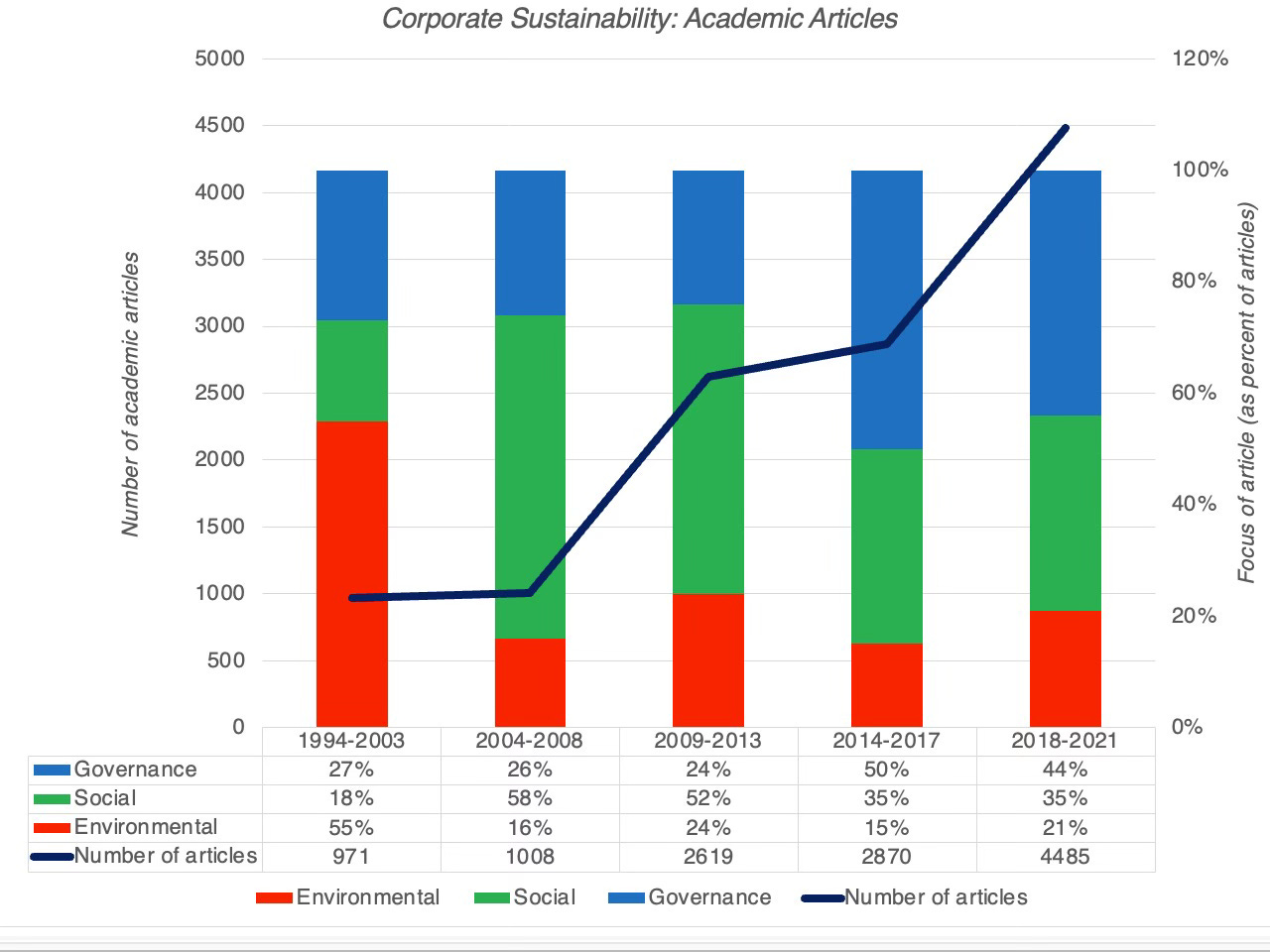


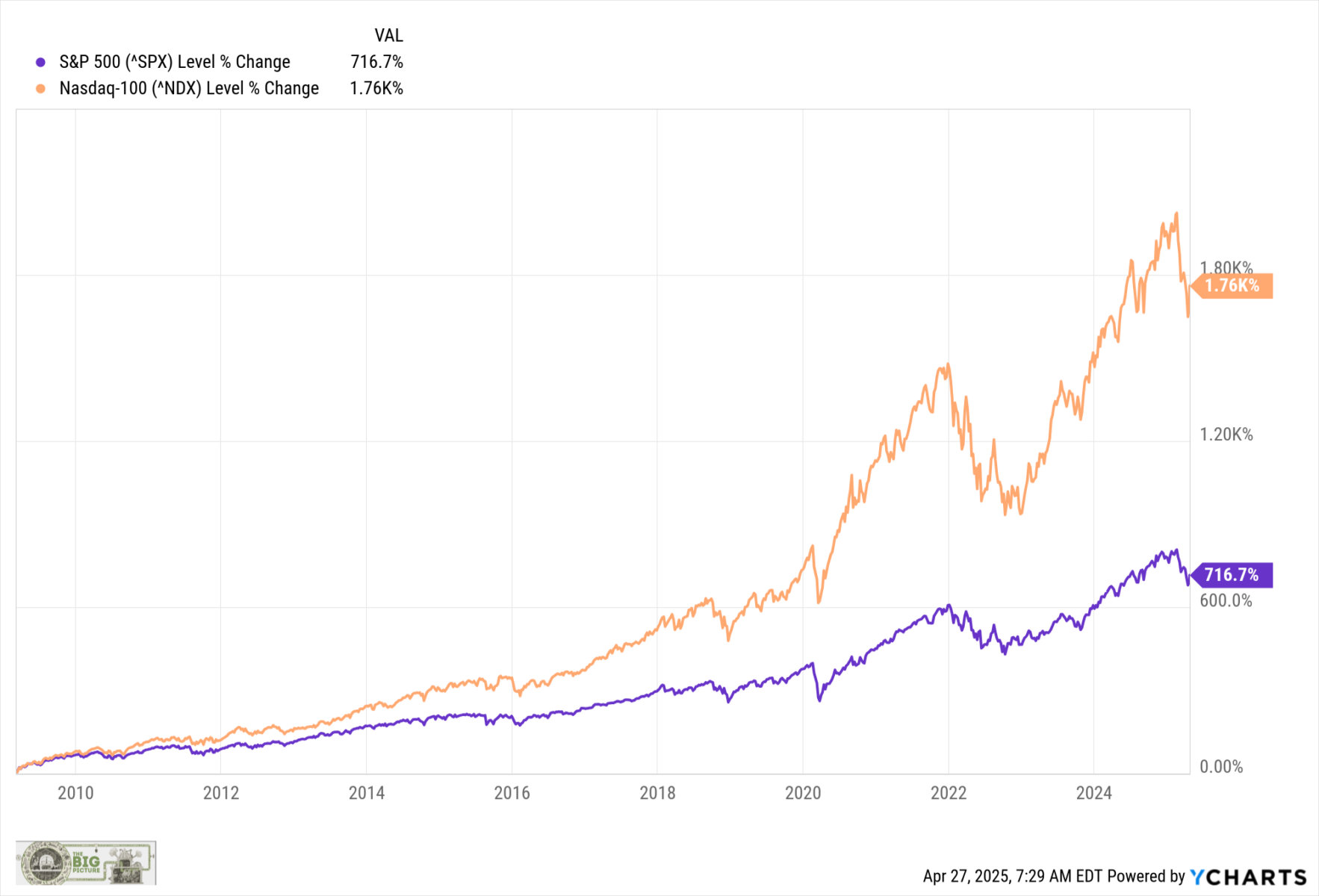































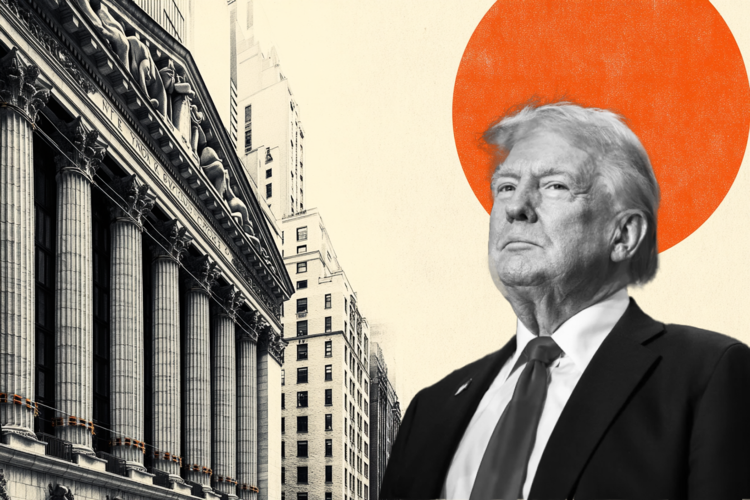











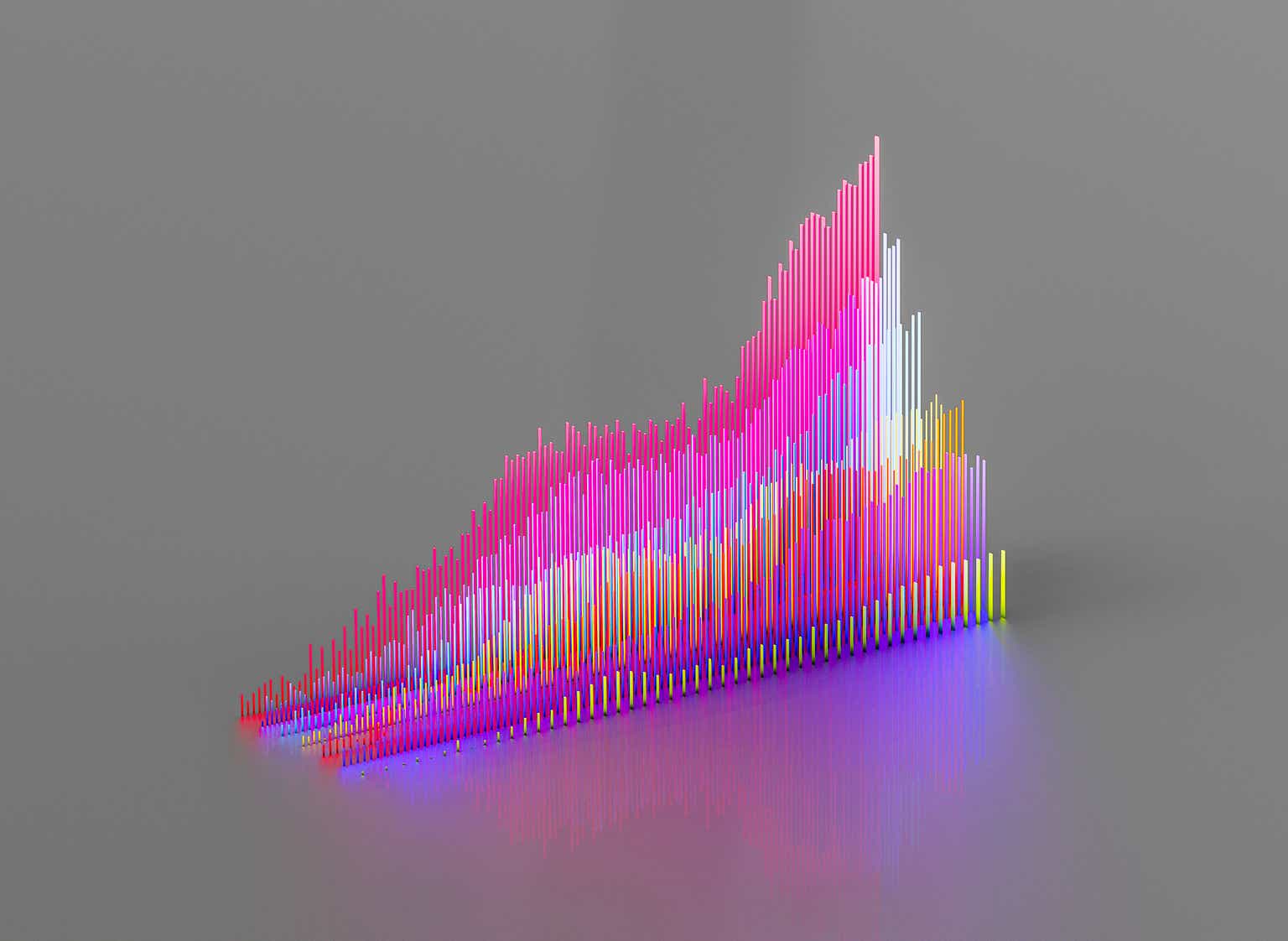





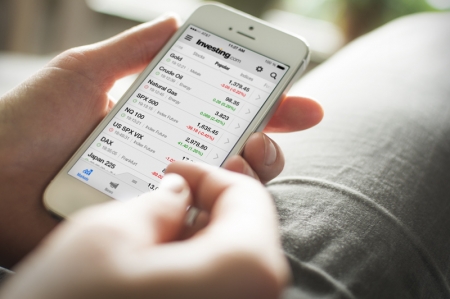
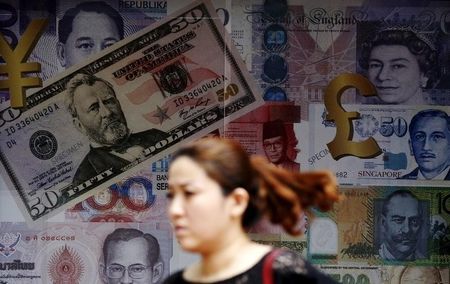
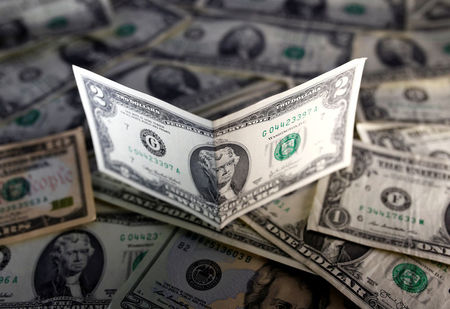




-logo-1200x675.png?v=20240521153233&w=240&h=240&zc=2)






